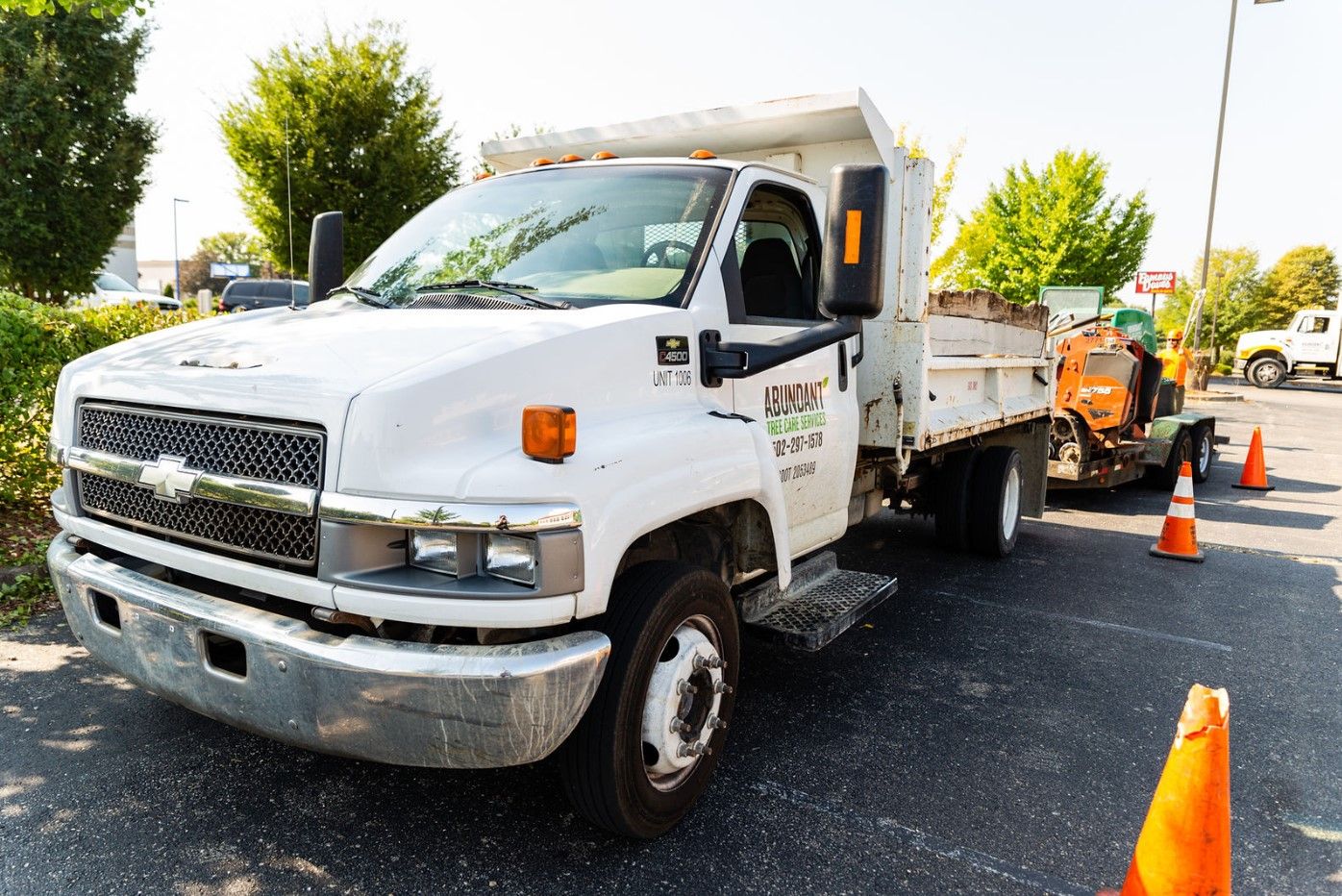That old tree that’s still loved is starting to lean. Mature trees are beautiful but there does come a time when the risk of damage to people and property out weighs the beauty. Despite adding upwards of 10% in value to home a fallen tree can be costly so follow these tips on figuring out when its time to remove an old tree.
How to Inspect Your Trees
No one knows your trees as well as you. So after they leaf out in the spring, lose leaves in the fall or after a big storm, walk around & inspect these beauties. Inspect them top to bottom, noticing particularly changes in foliage, branches, roots, & bark. Here’s a few more tree inspection tips:
- Inspect all sides of the tree, both up close & from a distance.
- Check for cuts in the trunk or peeling bark.
- Use binoculars to inspect the tree’s crown for dead wood & brown leaves.
Leaning Trees
Trees usually don’t grow straight & a little lean is normal. But when your tree starts resembling the ‘Tower of Pisa’ its time to take a closer look. This lean could be the result of poor weight distribution or anchor root damage & is likely unstable. This is a great time to call an arborist.
Tree Leaning Danger Signs
- Cracked or moving soil at the base, especially on the side opposite the lean.
- Exposed roots around the base of the tree that weren’t present before.
Tree Leaning Cures
- Prune branches to distribute weight better on the lean side.
- Brace the tree trunk with cables attached to stakes on opposite sides of the tree. (Make sure to pad the tree before placing cables around tender bark.)
- Bind the leaning trunk to the stronger side keeping it stable & avoiding an eventual disaster.
Trees with Multiple Trunks
A tree with multiple trunks or with splits in one trunk can be quite unstable. V-shaped or U-shaped multiple trunks are weak points for mature trees & are another point to consider when evaluating removal. The connective wood where the trunks come together may lose strength & be more likely to split with age and when storms occur. You’ll want to look closely for cracks that extend deeply into the trunk.
An arborist can stabilize split trunks by attaching cables between trunks & branches high in the tree. Cables won’t repair existing damage but can increase the safety, especially in strong winds, extending the life of your tree & protecting your property.
What To Do
If you think your trees are changing or see one of the major warning signs these trees could be “hazard trees” trees likely to fall and destroy what’s near them. This could be your lawn, a car, the neighbor’s car, your home, or worse someone you love.
This is a good time to call a certified arborist. Contact the International Society of Arboriculture which maintains a list of certified arborists or simply do an online search.
An arborist can help save your tree or let you know if it’s beyond help. For example, bacteria or bugs could be harming your tree & an arborist’s inspection can diagnose properly. An arborist also can determine if your tree is decaying internally or something that may not yet be obvious.
Aborists can either fix the problem, or calculate the risk of the tree falling and the likely objects it could damage. That calculation will help you decide if it’s worth spending money to keep the tree alive and upright, remove the tree, or just let nature take its course and topple the tree at will. Before you try to fix a leaning tree yourself save yourself some time, money, and possibly damage by calling a certified arborist first.



